1. The Scarlet Letter Shame

In some New England communities back in the 1600s, if you committed adultery, they didn’t just whisper behind your back—they made you wear it. Literally. You had to stitch a big red “A” onto your clothes so everyone would know what you did. It wasn’t temporary, either. You wore it in church, at the market, while fetching water—there was no hiding shares Time Magazine.
People who went through it said the humiliation didn’t just sting in the moment—it stuck with you. Kids would point. Adults would look away. Even after you’d done your time, the memory lingered, like a bruise on your reputation. It was public shame sewn into fabric adds Smithsonian Magazine.
2. Stocks and Pillories
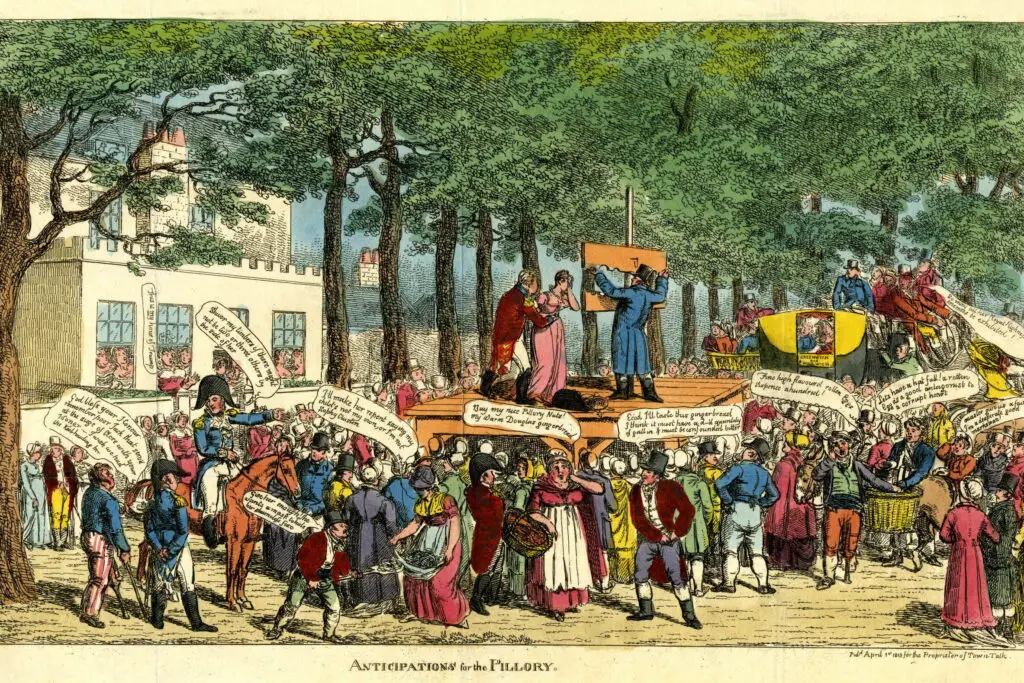
There was a time when messing up meant getting locked into a wooden frame in the middle of town. Stocks held your ankles, while pillories held your head and hands. Either way, you were stuck—on display for everyone to gawk at, jeer at, and sometimes throw things at shares the Guardian.
People threw rotten food, insults, and whatever else they had on hand. Some folks even organized their errands around passing by the square for a little mockery break. Even if you only spent a few hours in there, the embarrassment lasted far longer. Everyone remembered who they saw in the stocks. And if you were a kid, it became your unfortunate nickname for life says The New York Times.
3. Branding with Hot Irons
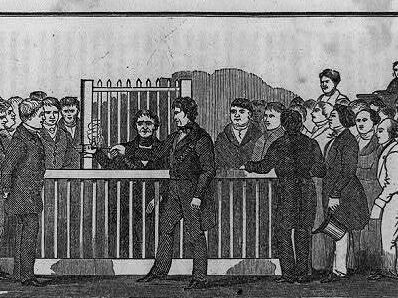
For certain crimes like theft or forgery, some places branded the offender’s skin with a hot iron. A “T” for thief or “F” for forger was burned right into your flesh. It wasn’t just the pain—it was permanent, visible proof that you’d crossed the line.
You couldn’t cover it easily, especially in a time when people wore simple, short-sleeved clothes. It affected job prospects, social standing, even marriage. Folks didn’t see the person, just the letter. It became your identity, long after the crime was past.
4. Tar and Feathering
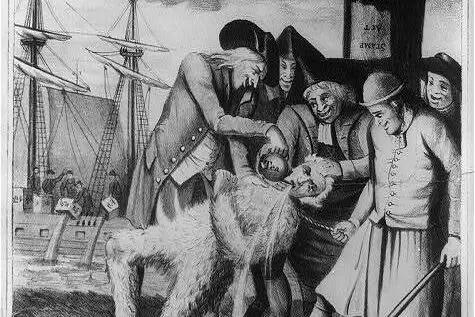
If a community decided you’d seriously wronged them, they might just strip you, cover you in hot tar, and dump feathers on top. It sounds cartoonish now, but it was terrifying and painful back then. The tar burned the skin, and trying to peel it off could take hair and flesh with it.
Then you’d often be paraded through town to finish the humiliation. The goal wasn’t just to punish—it was to make sure you were never taken seriously again. Even after the wounds healed, people remembered the sight of you as a walking bird. You didn’t just pay for your crime; you lost your dignity with it.
5. Walking the Shame Parade

In some towns, people had to walk through the community carrying signs that announced what they’d done. “I Lied” or “I Stole” scrawled across a board worn around the neck, forcing you to lock eyes with neighbors as you shuffled by. It was a forced march through your own guilt.
Kids would laugh, adults would stare, and friends would cross the street. The message was clear: this is what happens when you break the rules. Even after the sign came off, the memory clung to you like sweat. People would say, “Remember when he had to wear the sign?” And you’d never really live it down.
6. Public Whipping
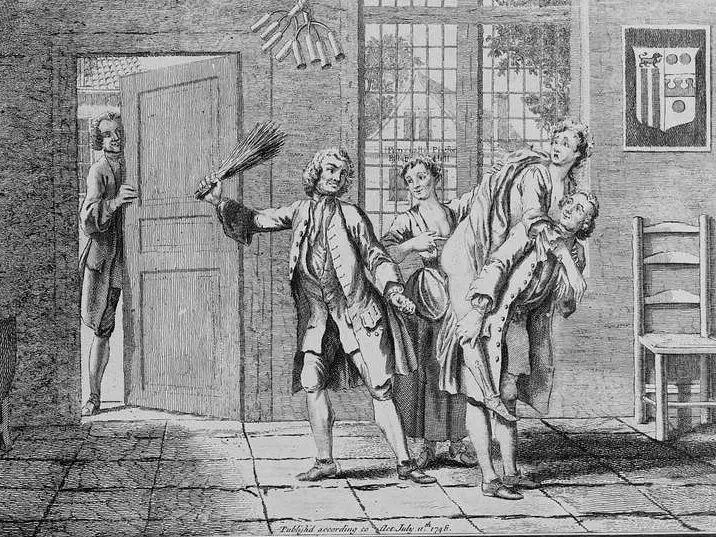
For some crimes, the punishment was a flogging right in the town square. You’d be tied to a post and whipped in front of whoever wanted to watch. It wasn’t just about pain—it was about sending a message.
Scars left behind were as much emotional as they were physical. People would glance at your back and instantly know. Some towns even made kids watch to “teach them a lesson,” which only spread the trauma. It marked you as someone to be feared, pitied, or avoided, sometimes all at once.
7. Wearing Shameful Clothing
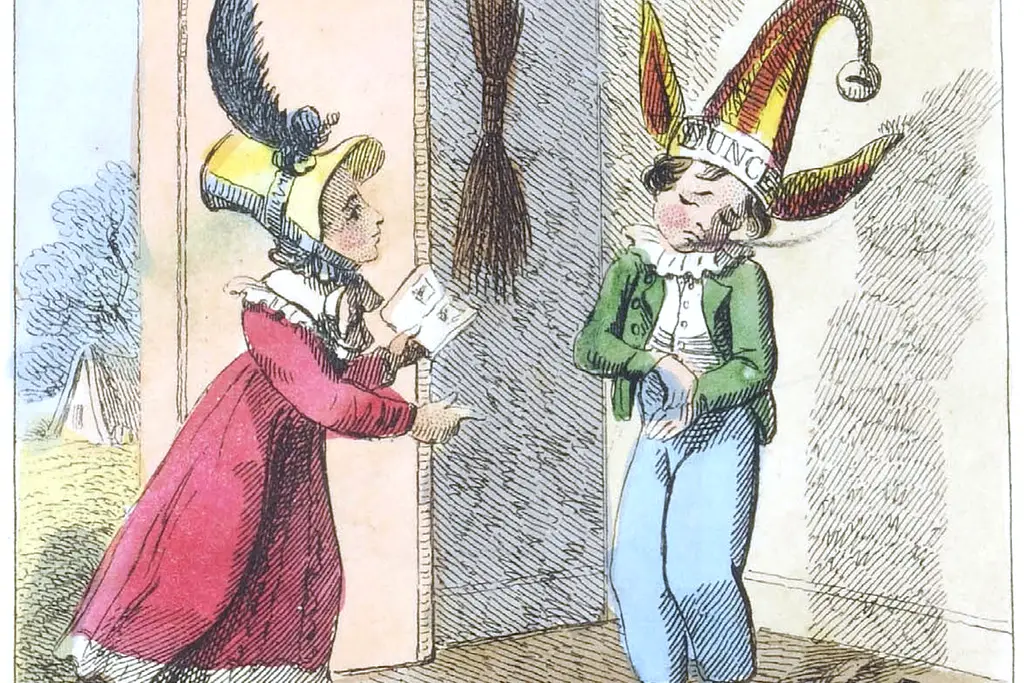
Certain offenses, especially for women, led to court-ordered clothing changes. That might mean a sackcloth dress, a dunce cap, or even shoes made out of wood. The point wasn’t discomfort—it was humiliation.
People would laugh, point, and avoid sitting near you at church. The message was visual and constant. You were marked as different, lesser, flawed. Even after the clothing was gone, its memory lived in whispers.
8. Banishment from the Community
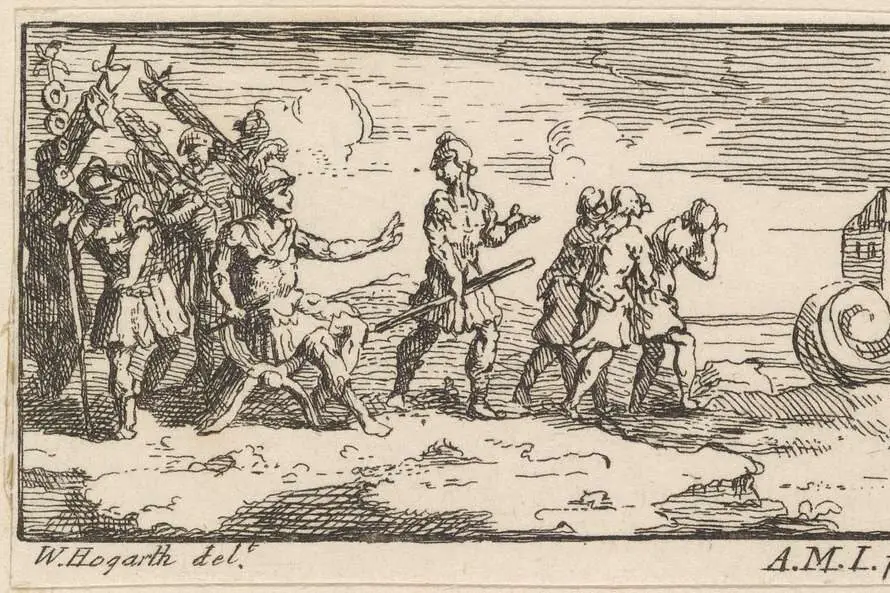
Sometimes a punishment didn’t involve bruises or signs—it involved simply being told to leave. Banishment meant you were no longer welcome, no matter how long you’d lived there. You lost your home, your job, your friends, your whole world.
And it wasn’t always temporary. You could be permanently exiled for moral failings or breaking church rules. Starting over was tough, especially with no money or support. People in neighboring towns would ask, “Why did you leave?” and the truth would follow you.
9. Shaving the Head

A shaved head might not seem like much today, but back then it was a clear mark of disgrace. It was often used on women accused of moral failings or gossip, especially in tight-knit communities. Long hair was seen as a sign of femininity and virtue.
So when it was hacked off, it felt like losing part of yourself. People would stare, and you’d feel it every time the wind hit your bare scalp. Growing it back took time, and meanwhile, everyone knew your story. It was a silent, visible accusation that never needed repeating.
10. “Drunkard’s Cloak”
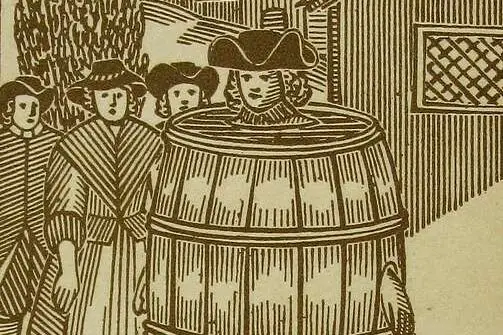
This one was a real piece of work—a large barrel with holes cut for your head and arms. If you got caught drunk in public, especially repeatedly, they’d stuff you into the barrel and march you through the streets. You clanked, you waddled, and you couldn’t hide your shame.
People jeered and laughed, sometimes tossing you coins, sometimes trash. It wasn’t just a warning for you—it was a circus act for everyone else. Long after you sobered up, folks would bring it up. The memory followed you, and your reputation was stuck in that barrel.
11. Community Silence
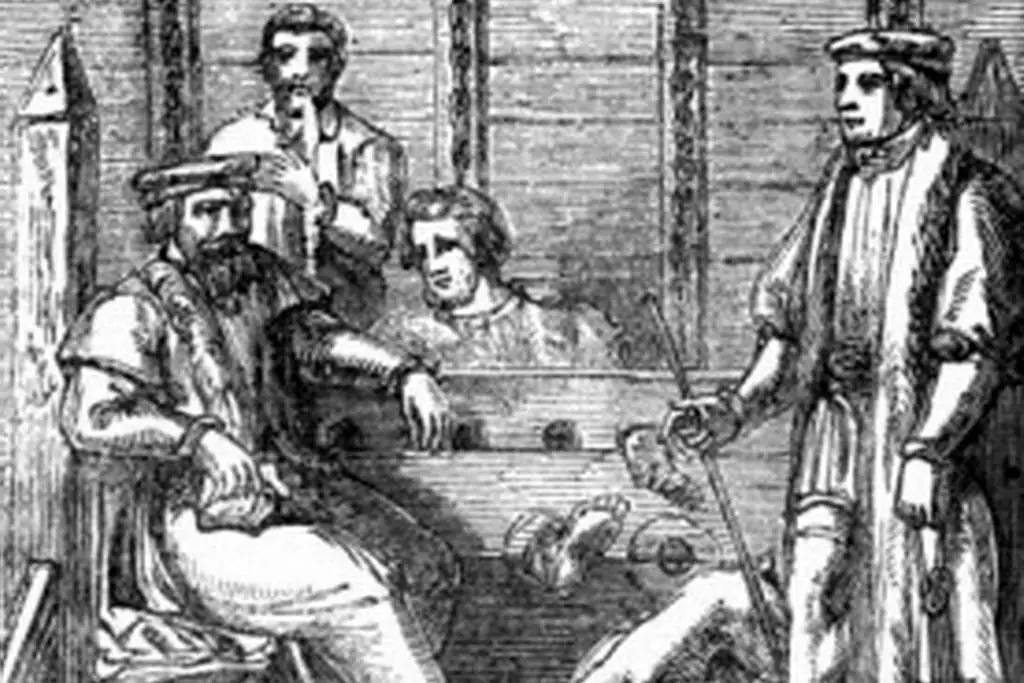
One of the cruelest punishments wasn’t loud or violent—it was cold silence. Some religious communities, like certain Quaker groups, practiced shunning. That meant no one would speak to you, eat with you, or even acknowledge your presence.
It was like being erased while still alive. You’d walk into a room and feel like a ghost. No one dared break the silence—not even your own family. That kind of loneliness could gnaw at you for years.
12. Forced Confessions in Church
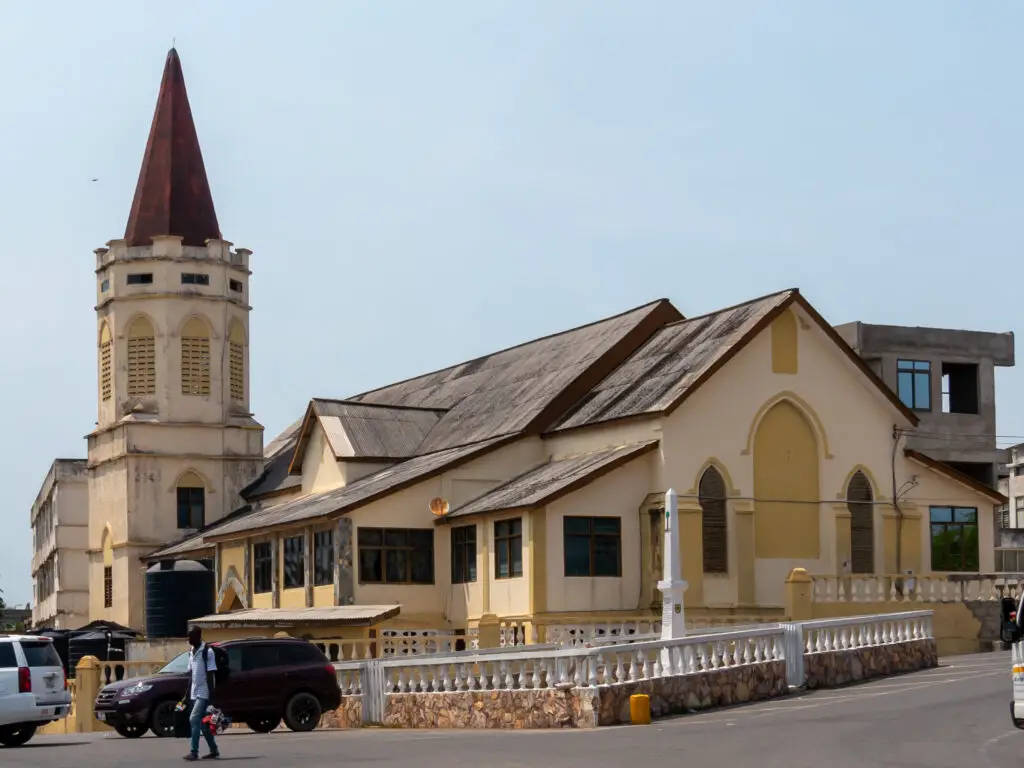
Certain communities made people stand up during Sunday services and confess their sins out loud. Everyone would turn and listen, sometimes in silence, sometimes with murmurs. It didn’t matter how private the sin was—it was now public knowledge.
You’d stand there with the weight of a hundred eyes on you, voice trembling as you recited your failure. The worst part? You had to stay afterward and shake hands with people who now knew your darkest moment. Even after being “forgiven,” the judgment lingered. Church never felt safe again.
13. Being Named in Public Petitions
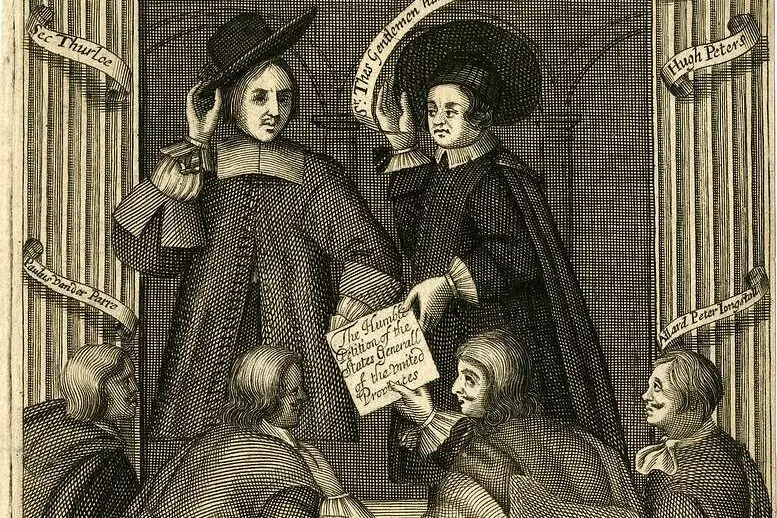
If you offended a group, they might circulate a petition to formally denounce you. These weren’t just quiet complaints. They were read aloud, printed, or nailed to the town board. People lined up to sign them, and your name got dragged through every paragraph.
It was the colonial version of going viral—for all the wrong reasons. Even those who didn’t know you suddenly had an opinion. If you stayed in town, you’d always feel the weight of those signatures. If you left, you had to wonder who would see that petition next.
